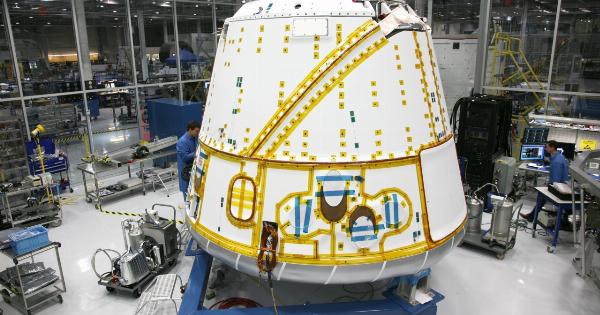If you’re a fan of sausages, you might be surprised to learn that the future of this popular meat product could involve “edited meat”.
This concept involves using cutting-edge technology to create sausages that have been tweaked at the genetic level to be healthier, more sustainable, and tastier than ever before.
What Is Edited Meat?
Edited meat refers to meat products that have been modified at the genetic level using a process known as gene editing.
This technology allows scientists to make specific changes to the DNA of an animal, such as changing the way it metabolizes fat or increasing its muscle mass. These changes can then be passed on to future generations of the animal, resulting in meat products that are healthier, more sustainable, and more efficient to produce.
The Benefits of Edited Meat
One of the main benefits of edited meat is that it can be tailored to meet specific nutritional needs.
For example, scientists could edit the genes of a pig to produce meat that is lower in saturated fat and higher in omega-3 fatty acids, which are important for heart health. This could lead to sausages that are not only delicious, but also more nutritious than traditional sausages.
Another benefit of edited meat is that it can be produced using fewer resources than traditional meat.
For example, pigs that are genetically modified to produce meat that is leaner and more efficient at converting feed into muscle mass require less food and water than traditional pigs. This means that edited meat sausages could be more sustainable and eco-friendly than their non-edited counterparts.
The Potential Downsides of Edited Meat
Despite the potential benefits of edited meat, there are also concerns about the safety and ethics of this technology. Some people worry that edited meat could be unsafe to eat, or that it could have unintended consequences for human health.
Others are concerned that editing the genes of animals could be unethical, or that it could lead to unintended consequences for the environment.
Additionally, there are regulatory hurdles to overcome before edited meat could become widely available. In some countries, gene editing is considered a form of genetic modification, which is subject to strict regulations.
This could make it difficult or even impossible for edited meat sausages to be sold in certain markets.
Current Developments in Edited Meat Sausages
Despite these concerns, there are already companies working on creating edited meat sausages. Singapore-based start-up Shiok Meats is one of the first companies to develop sausage products using gene editing technology.
Their sausages are made from pork that has been genetically modified to produce meat that is leaner and healthier than traditional pork.
Other companies, such as Memphis Meats and Mosa Meat, are working on creating meat products using cell-culture technology.
This involves growing meat cells in a lab and then using them to create meat products without the need for traditional animal agriculture. While these products aren’t technically edited meat, they could still have many of the same benefits as edited sausages, such as being healthier and more sustainable.
The Future of Sausages
While edited meat sausages are still in the early stages of development, it’s clear that this technology has the potential to revolutionize the sausage industry.
By creating sausages that are healthier, more sustainable, and more efficient to produce, edited meat could become the norm in the coming years.
Of course, there are still many questions to be answered about the safety and ethics of edited meat, as well as regulatory hurdles to overcome.
However, with more and more companies investing in this technology, it seems likely that edited meat sausages could become a staple on supermarket shelves sooner than you might think.
Conclusion
Edited meat sausages could be the future of this beloved meat product. By using cutting-edge gene editing and cell-culture technology, companies are already creating sausages that are healthier, more sustainable, and more efficient to produce.
While this technology is not without its potential downsides, it’s clear that edited meat has the potential to revolutionize the sausage industry in the coming years.



























